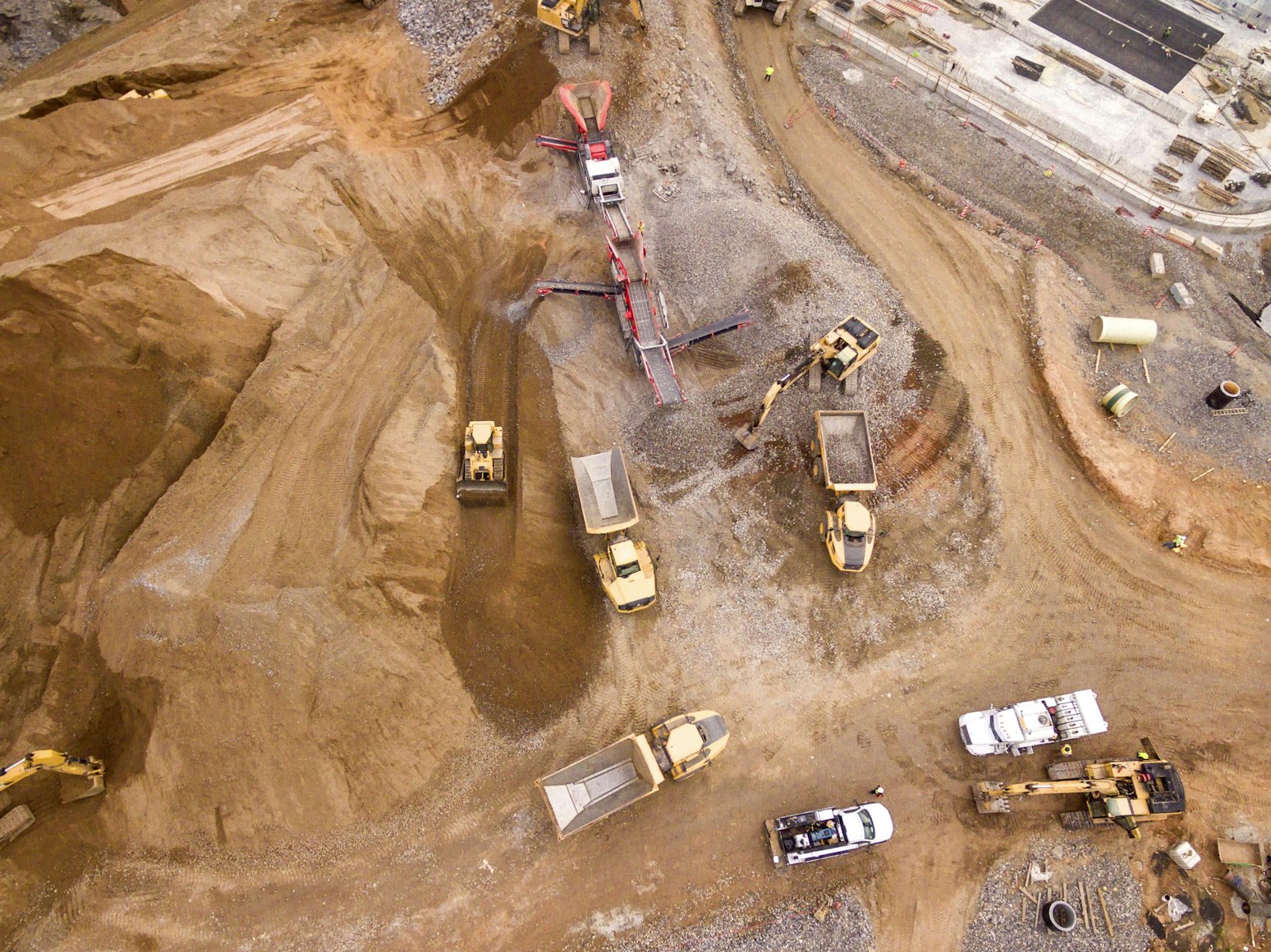
The opening of new manufacturing facility Neo-Bionica sees the beginning of a new era in medical device development capability in Victoria.
The first facility in Australia with the bioengineering expertise and technology needed to create medical devices for clinical trials, Neo-Bionica was officially opened by The Hon. Jaala Pulford, Minister for Innovation, Medical Research and the Digital Economy.
A joint initiative of the Bionics Institute and the University of Melbourne, the state-of-the-art laboratory is located at St Vincent’s Hospital Melbourne.
The Victorian Government is contributing $4 million to this initiative to support the fit out of Neo-Bionica with essential equipment; provide funding for applied research jobs; and support a voucher program to help industry start-ups commercialise medical prototypes.
Bionics Institute CEO Robert Klupacs says Neo-Bionica will significantly speed up the time it takes to develop and trial a medical device, which means patients will benefit from the technology earlier.
He cites the example of a medical device invented by Bionics Institute researchers and collaborators that stimulates the vagus nerve, connecting the brain to the gut with branches to several major organs.
He said: “Bionics Institute researchers have discovered that vagus nerve stimulation can be used to treat inflammatory bowel disease (IBD). However, to create a prototype device for use in future clinical trials, we had to contract a company in America, resulting in an 18-month delay.
“Neo-Bionica has the latest cleanroom technology needed to create implants for human trials, as well as the latest engineering equipment, 3D printers and, most importantly, the combined expertise of our highly-trained engineers, scientists and clinicians,” he concluded.
University of Melbourne Vice-Chancellor Professor Duncan Maskell said he is delighted to see Neo-Bionica become a reality.
“I look forward to taking Victorian bioengineering expertise to the world as we continue to build our global reputation as a powerhouse in this extremely important field.”
Several devices currently under development at the Bionics Institute will be prototyped in Neo-Bionica, including a potential treatment for type 2 diabetes.
Bionics Institute researcher Dr Joel Villalobos, part of the bionic eye research team from 2008-2018, was shocked and saddened by the death of his cousin, who was in his early 30s, from a diabetic coma in 2015. He decided to use his skills and knowledge to prevent future deaths from uncontrolled blood sugar caused by type 2 diabetes.
He said: “I worked closely with fellow Bionics Institute researcher Dr Sophie Payne to modify the IBD vagus nerve stimulation device. Our early studies show promising signs that we can use the device to control blood sugar for people with type 2 diabetes and we have been collaborating with diabetes experts, including Professor Richard MacIsaac, to progress our research.
“The aim of this research is to provide patients with a remote control that switches on stimulation after eating to control blood sugar levels and improve overall health of patients with type 2 diabetes,” he concluded.
University of Melbourne Professor Richard MacIsaac, Director of Endocrinology at St Vincent’s Hospital says that some people with type 2 diabetes have trouble maintaining healthy blood sugar levels despite everyone’s best efforts.
He said: “I am excited to be collaborating with the Bionics Institute team to develop a nerve stimulation treatment that amplifies natural processes in the body as an additional treatment to help patients control their blood sugar levels. I look forward to seeing a clinical trial prototype manufactured in Neo-Bionica in the future.”







